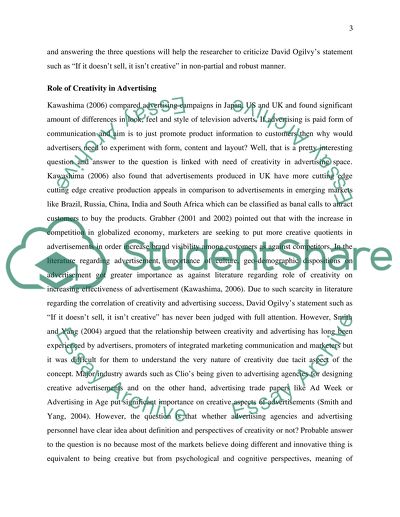Cite this document
(“Advertising Management and Brand Delivery Essay”, n.d.)
Advertising Management and Brand Delivery Essay. Retrieved from https://studentshare.org/marketing/1493513-advertising-management-and-brand-delivery
Advertising Management and Brand Delivery Essay. Retrieved from https://studentshare.org/marketing/1493513-advertising-management-and-brand-delivery
(Advertising Management and Brand Delivery Essay)
Advertising Management and Brand Delivery Essay. https://studentshare.org/marketing/1493513-advertising-management-and-brand-delivery.
Advertising Management and Brand Delivery Essay. https://studentshare.org/marketing/1493513-advertising-management-and-brand-delivery.
“Advertising Management and Brand Delivery Essay”, n.d. https://studentshare.org/marketing/1493513-advertising-management-and-brand-delivery.


